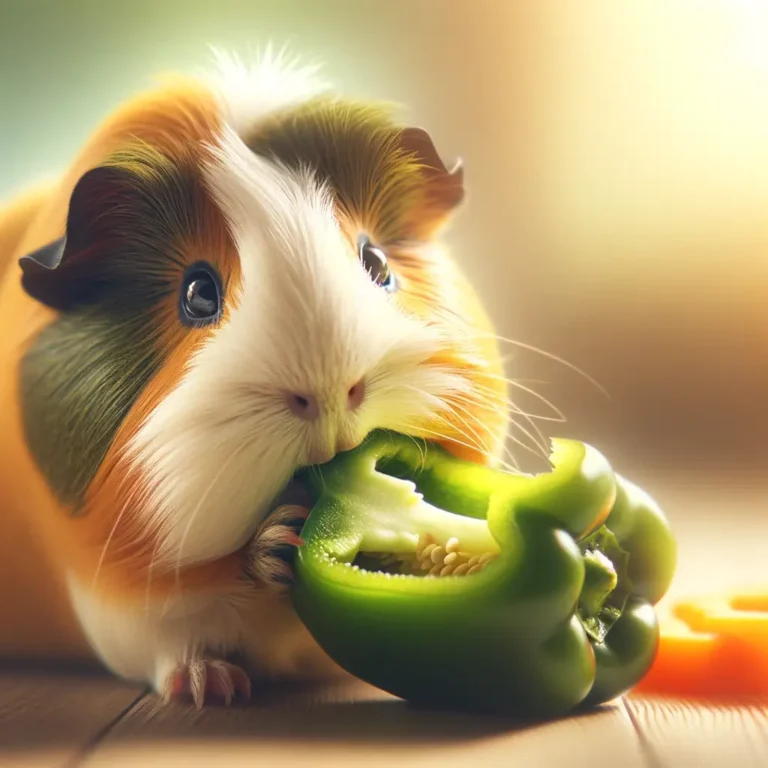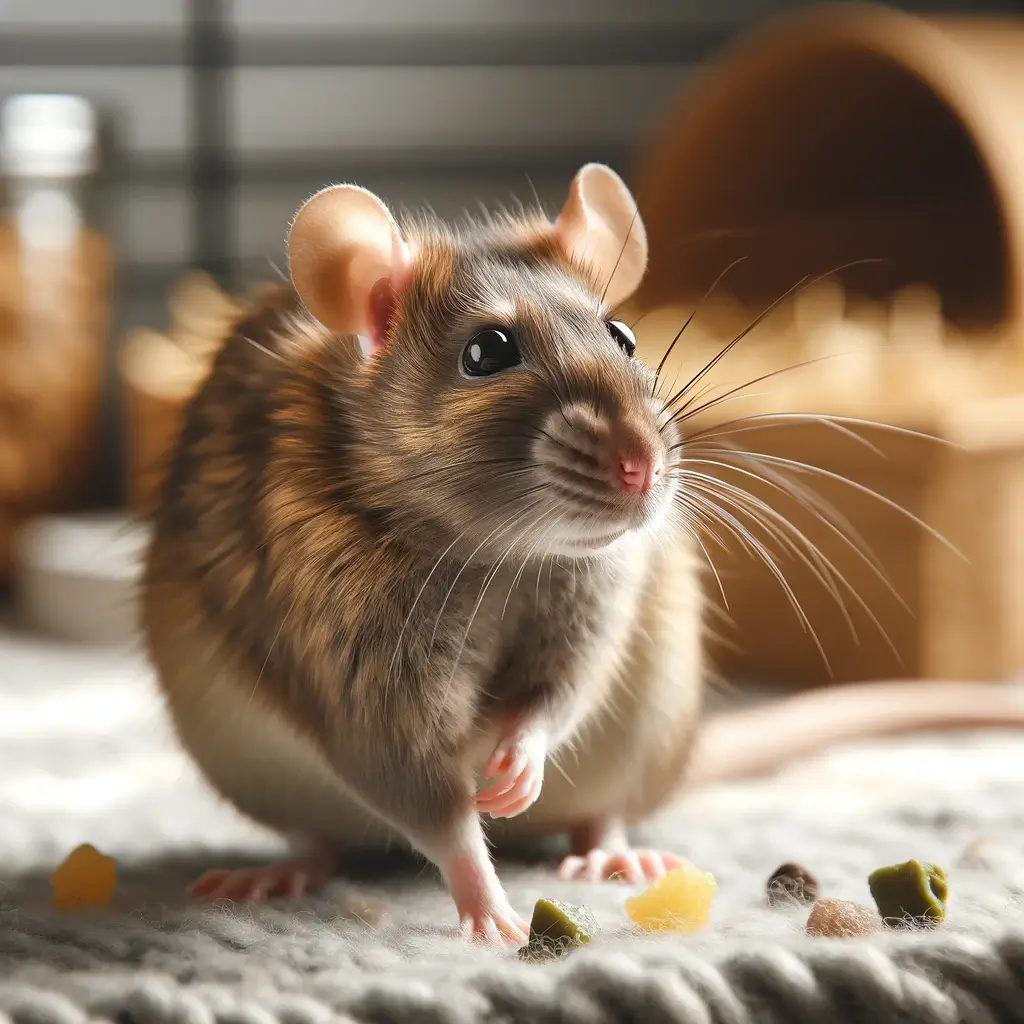Guinea pigs, those adorable, whiskered bundles of joy, are not just pets but companions that bring life and happiness into our homes. Their diet, a critical aspect of their care, ensures they live healthy, vibrant lives. While the core of their nutrition should be hay, fresh vegetables, and quality pellets, fruits play an essential role in adding variety and essential nutrients to their diet. This article dives into the world of fruits that are not just safe but will make your guinea pig squeal with delight, offering a guide to incorporating these treats responsibly into their diet.
Understanding the Basics of Guinea Pig Nutrition
Before indulging in the fruity treats that guinea pigs love, it’s crucial to understand the basics of their dietary needs. A balanced guinea pig diet consists mainly of unlimited hay, a handful of fresh vegetables, and a small portion of fortified pellets. Fruits are like the cherry on top—offered sparingly due to their high sugar content but invaluable for the variety and enrichment they provide.
The Role of Fruits in a Guinea Pig’s Diet
Fruits serve several purposes in a guinea pig’s diet. First and foremost, they are a potent source of Vitamin C, which, like humans, guinea pigs cannot produce themselves. Scurvy, a disease resulting from Vitamin C deficiency, can be devastating, making Vitamin C-rich fruits an essential supplement. Beyond nutrition, fruits stimulate guinea pigs’ senses, offering new textures and flavors that enrich their environment and contribute to their overall well-being.
Vitamin C Powerhouses
While all fruits contain some level of Vitamin C, some are veritable powerhouses. Here are a few that are particularly beneficial:
- Bell Peppers: Although technically a vegetable, bell peppers are often a favorite among guinea pigs and offer a high Vitamin C content.
- Strawberries: These red delights are not only juicy and flavorful but also rich in Vitamin C. Remember, moderation is key due to their sugar content.
- Kiwi: Another Vitamin C-rich fruit, kiwi can be a tangy treat for your guinea pig. Due to its high sugar level, it should be given in small quantities.
Safe and Healthy Choices
When selecting fruits for your guinea pig, opt for those low in sugar and high in fiber. Some safe and healthy choices include:
- Apples: Rich in fiber, apples can be a crunchy treat. Ensure they are seedless and skin-on for the best nutritional value.
- Blueberries: Packed with antioxidants, blueberries are a nutritious option. They’re also small and easy for guinea pigs to eat.
- Pears: High in fiber and Vitamin C, pears can be a sweet treat. Just like with apples, remove the seeds and offer in moderation.
Fruits to Offer Sparingly
Some fruits, while safe, should be offered sparingly due to their high sugar or acidic content:
- Oranges: High in Vitamin C but also in sugar and acidity, oranges can be offered in small pieces occasionally.
- Grapes: Due to their high sugar content, grapes should be given sparingly and infrequently.
- Bananas: Rich in potassium but also in sugar, bananas are a treat that should be offered in very small portions.
Guidelines for Feeding Fruits to Guinea Pigs
To ensure that fruits remain a healthy treat rather than a dietary risk, follow these guidelines:
- Moderation is Key: Due to the high sugar content in fruits, they should constitute a small portion of your guinea pig’s diet, offered 2-3 times a week at most.
- Variety: Rotate the fruits you offer to provide a range of nutrients and keep mealtime exciting for your guinea pig.
- Preparation: Always wash fruits thoroughly, remove any seeds or pits, and cut them into manageable, bite-sized pieces to prevent choking.
- Monitor Health: Observe your guinea pig’s reaction to new fruits and monitor their health. If you notice any digestive issues or changes in behavior, consult with a veterinarian.
The Joy of Fruity Treats
Feeding your guinea pig fruits should be a joyful and interactive experience. Watching them explore and enjoy these treats can deepen the bond between you and your furry friend. The excitement and squeals of delight when they see their favorite fruit are moments of pure joy that highlight the special relationship we share with our pets.
Conclusion
Incorporating fruits into your guinea pig’s diet adds not just nutritional value but also happiness and variety to their lives. By understanding which fruits are safe and beneficial, and following guidelines for moderation and preparation, you can ensure that these treats contribute positively to their health. Remember, the goal is not just to feed our guinea pigs but to provide them with a diet that promotes their well-being and longevity. A nutritional feast, rich in fruits, vegetables, hay, and pellets, ensures that our guinea pigs not only survive but thrive, squealing with delight at the bounty before them.









